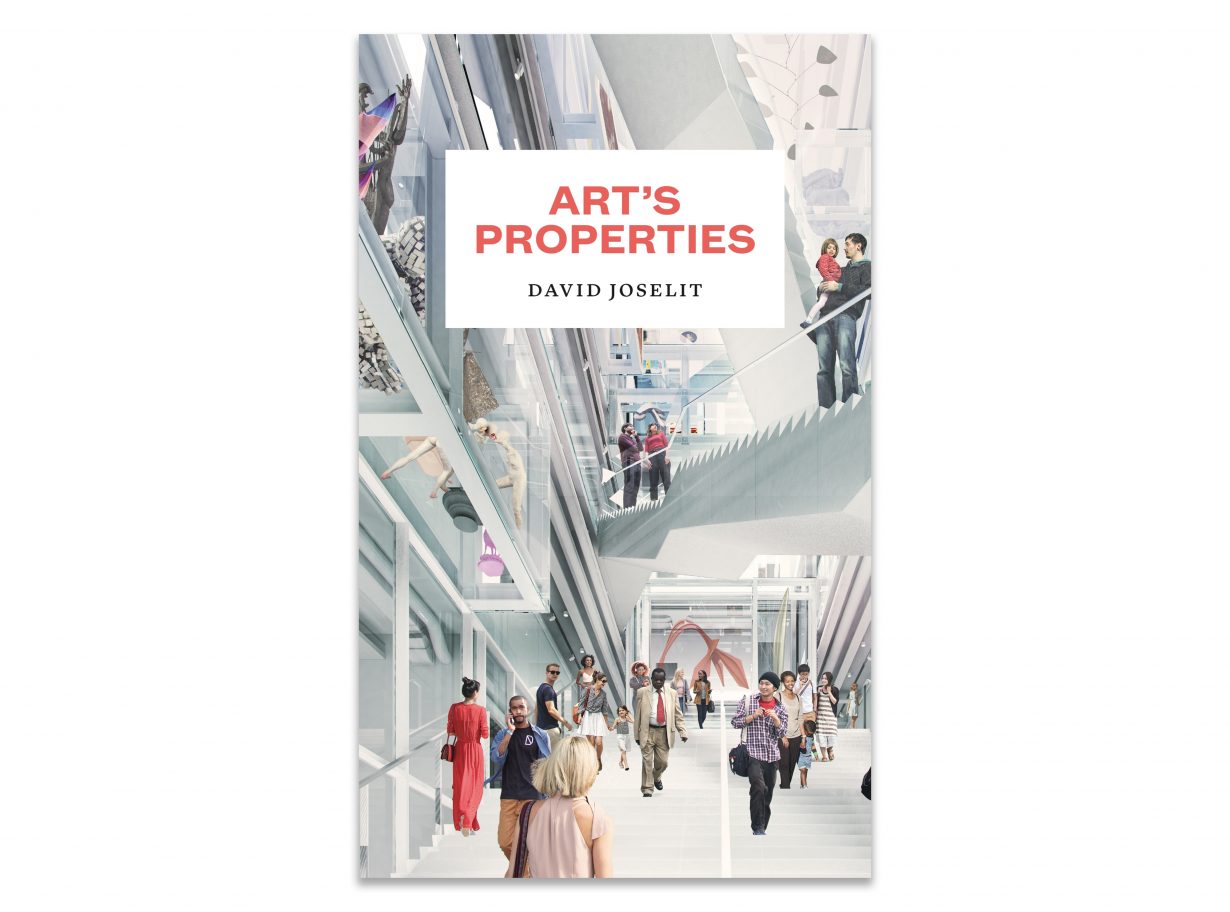A new book by David Joselit considers the idea of property as a defining aspect of modern art

‘A progressive politics of art must embrace dis-possession,’ concludes art historian David Joselit, in his short polemical experiment in rethinking the idea of property as a defining aspect of modern art. Selfie-takers in museums, he notes, epitomise ‘possessive modes of looking’ that are a symptom of a history of art rooted in the conflict between how the art system (museum, art market) ‘alienates’ the work of art, against art’s ‘constituent alterity’, its ‘infinite capacity… to generate experience over time’ – or, in other words, its freedom.
Joselit’s critical motif of modern art’s ‘dispossession’ takes in the whole of the modern period: threading all the way back to the origins of the modern Western concept of the art museum, starting with the Louvre – which ‘dispossesses’ artworks from their context, whether as colonial plunder or the seizure of the possessions of deposed monarchies – all the way forward to Conceptual art, which Joselit interprets as the highpoint (and crisis) of the period of art-as-property, in which even an unmaterialised idea can become the property of the possessive artist.
Why does this bother Joselit so much? Because the turning-into-property of art is the flipside of ‘possessive individualism’, an individualism (historically liberal, bourgeois and white) that excludes those who historically are them- selves ‘dispossessed’. This novel and idiosyncratic reading is Joselit’s attempt to wire older art-and-commodity critique into current debates about whiteness, postcolonialism and identity politics: criticising the debate around the 2017 Whitney Biennial’s presentation of Dana Schutz’s painting Open Casket (2016), in which some argued that a white artist should not exploit ‘Black pain’, Joselit argues that ‘if each of us regards our qualities as a form of property, then no genuine commonality is possible… The only effective route is to exit the proprietary regime of possessive individualism.’
Art’s Properties feels like the prototype for a bigger project to come, and its uncertainty lies in Joselit’s difficulty in seeing his way beyond the liberal (and capitalist) idea of private property. His provisional solution – that we should recast ourselves as ‘witnesses’ rather than ‘consumers’ of art – seems more ethical than political, a cultural rejection of proprietorial relations rather than their social abolition.
Art’s Properties by David Joselit. Princeton University Press, £22 (hardcover)